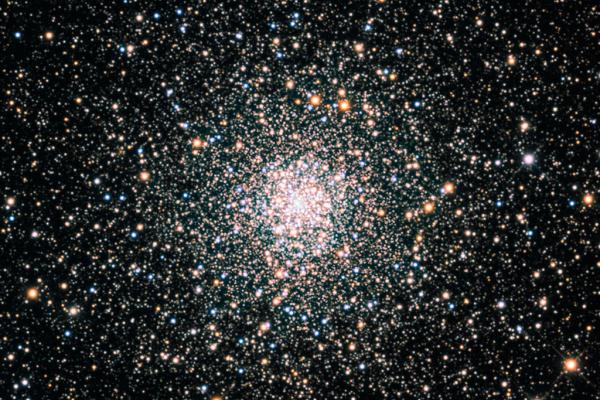
Semi-Resolved Stellar Populations in Space and Time
Charlie Conroy - Harvard University
Historically, the analysis of stellar populations has been pursued in two limiting cases: spatially-resolved stellar populations in the color-magnitude diagram, and integrated light observations of distant systems. In between these two extremes lies a rich and relatively unexplored realm of observational signatures. In this talk I will describe our recent efforts to develop techniques and analyze datasets exploiting the “semi-resolved” stellar population regime, both spectroscopically and temporally. These new tools will likely play an important role in maximizing the science returns from next generation ground and space-based facilities.
Coffee and Donuts served at 3:30 in 4054 McPherson Laboratory
